Ledger Nano X vs Trezor Model T
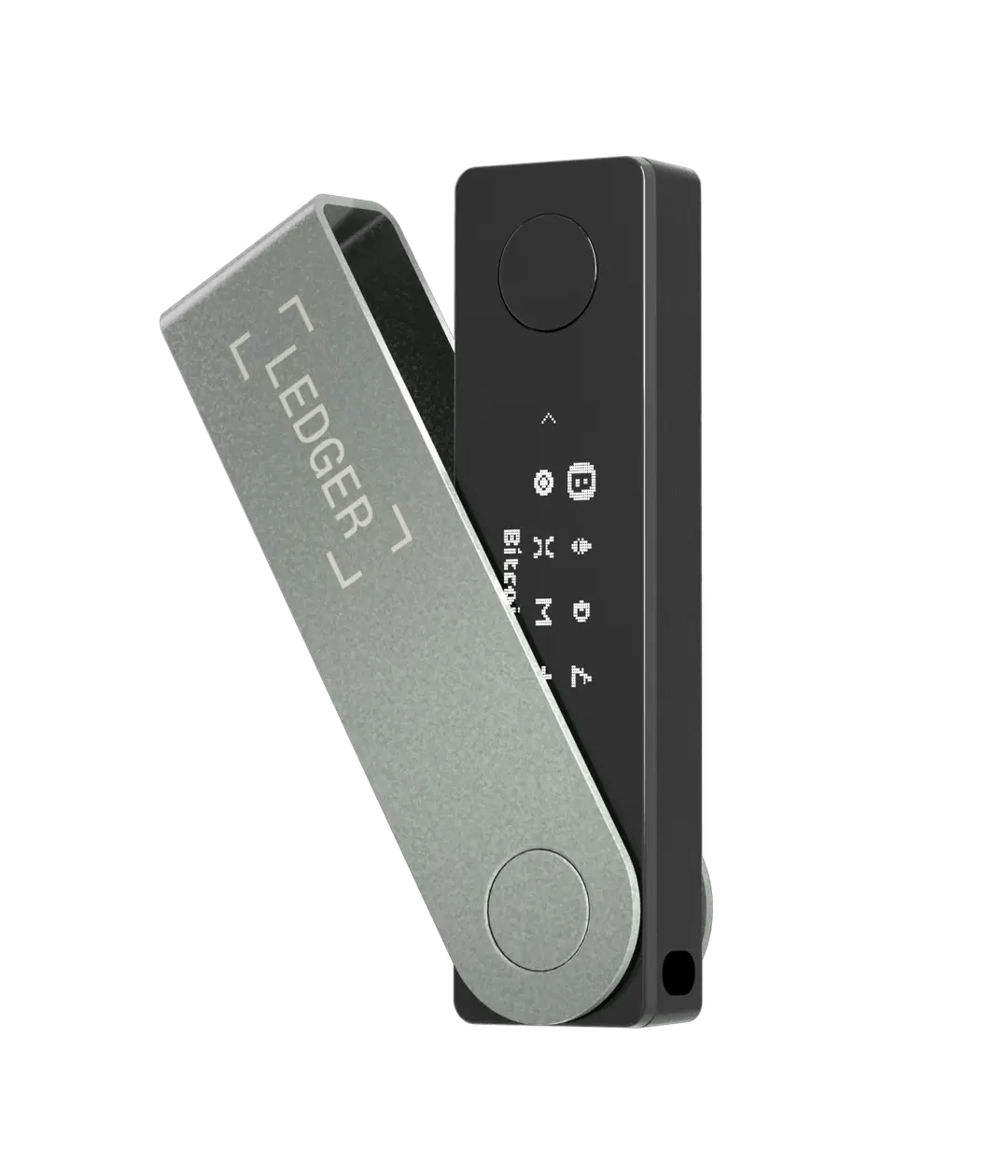
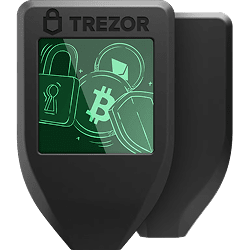
Key differences
- The Model T features a full-color touchscreen, while the Nano X uses a smaller monochrome display with physical buttons.
- The Nano X supports Bluetooth and works with iOS devices, while the Model T is USB-only but supports MicroSD backup and on-device passphrase entry.
- The Nano X supports more coins and features integrated staking, while the Model T focuses on privacy-first features like Shamir Backup and Tor routing.
Jump to section
Price

$149 USD

$129 USD
Launch

2019

2024
Screen Size

1.09" Monochrome OLED display

1.54" Color LCD Touchscreen
Box Includes

- Nano X hardware wallet
- USB-C to USB-A cable
- getting started leaflet
- 3 recovery sheets
- keychain strap

- Trezor Model T hardware wallet
- USB-C to USB-A cable
- 2x Wallet backup card
- Magnetic dock
- Start-up guide
- Trezor stickers
Security Features
Passphrase Support


Passphrase Entry

Computer

Device or computer
PIN Protection


Shamir Secret Sharing


Tor Support


Usage
Platforms

- Windows
- macOS
- Linux
- Android
- iOS

- Windows
- macOS
- Linux
- Android
- iOS
Supported Coins

Secure and manage over 5,500 different coins and tokens including Bitcoin, Ethereum, XRP, USD Tether, Polkadot, Litecoin, and more.

Bitcoin & 1000+ other coins and tokens
Interfaces

USB-C, Bluetooth

USB-C, MicroSD card slot, Touchscreen
Technical Details
Secure Elements

CC EAL5+ certified secure chip

OPTIGA™ Trust M (V3) secure element & CC EAL6+ certified secure chip
Open Source

Software

Hardware & Software
FIDO Authentication


Size

72x18.6x11.75 mm (2.83x0.73x0.46 in)

64x39x10 mm (2.52x1.54x0.39 in)
Weight

34g (1.2oz)

22g (0.8oz)
Bitcoin-Only Version


Integration & Multisig
Integrations
Company Details
Parent Company

Ledger

SatoshiLabs
Parent Company Founded

2014

2013
Security Incidents

A crypto user claims they lost $2.5 million in Bitcoin and NFTs from a Ledger Nano S, sparking scrutiny over Ledger's security. While the user insists the seed phrase was secure, the incident has reignited debate over hardware wallet vulnerabilities and possible user error.

In March 2024, Ledger discovered a vulnerability in the microcontroller that could bypass firmware integrity checks. Trezor patched the issue, with no user funds compromised or action required.



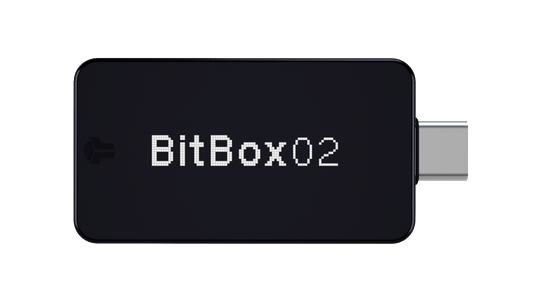 BitBox02
BitBox02
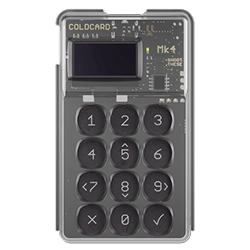 Coldcard MK4
Coldcard MK4
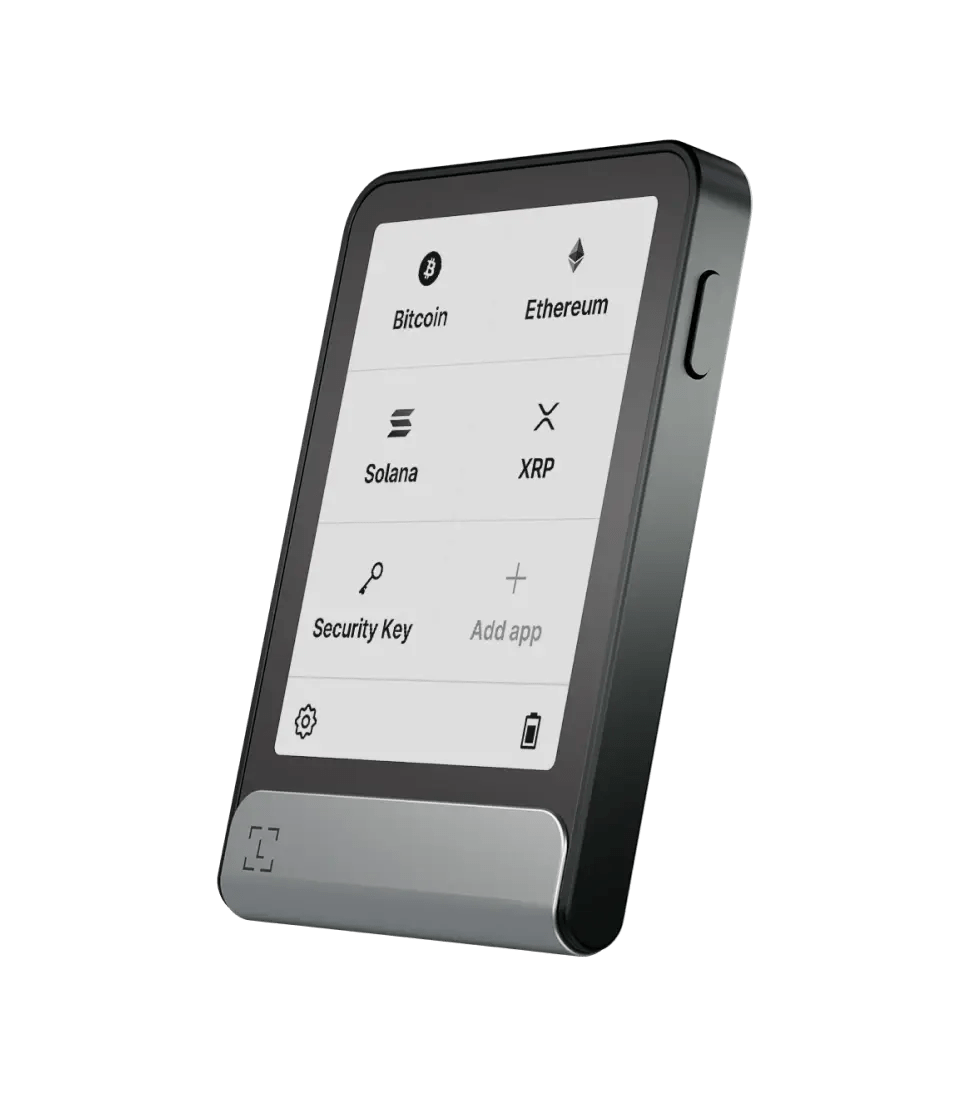 Ledger Flex
Ledger Flex
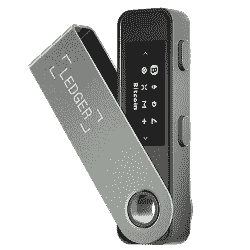 Ledger Nano S Plus
Ledger Nano S Plus
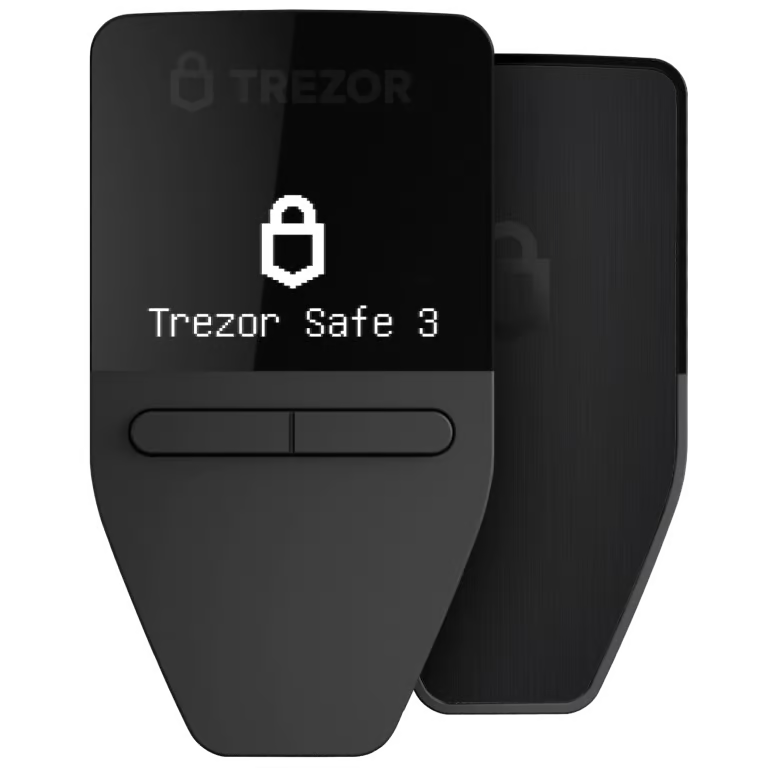 Trezor Safe 3
Trezor Safe 3
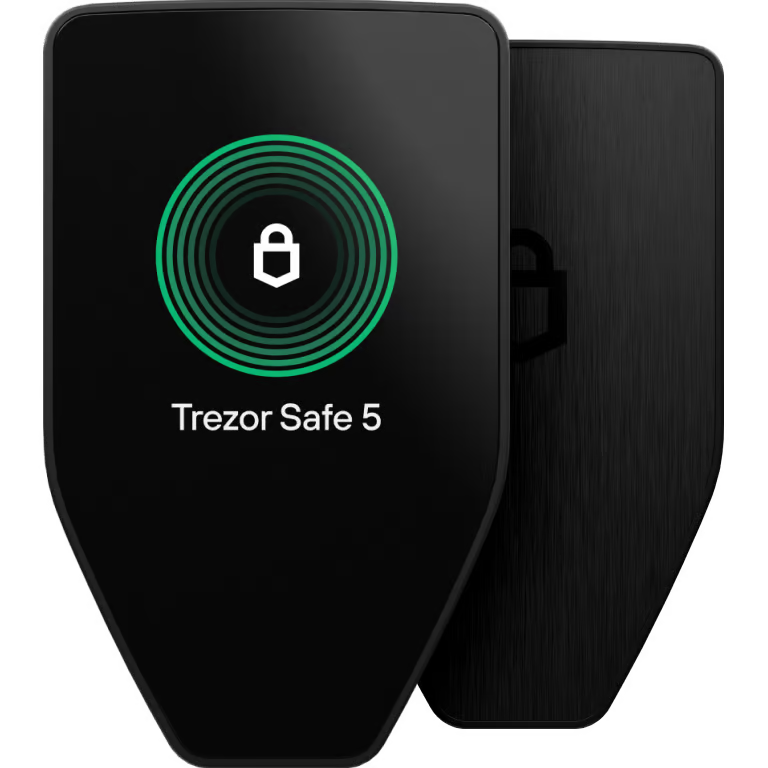 Trezor Safe 5
Trezor Safe 5
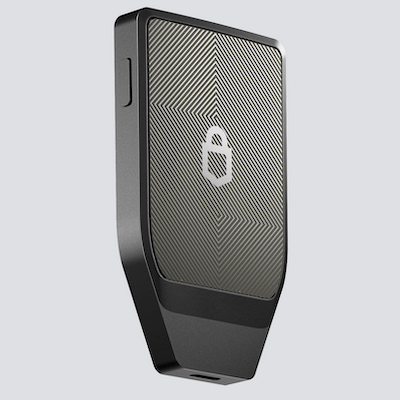 Trezor Safe 7
Trezor Safe 7